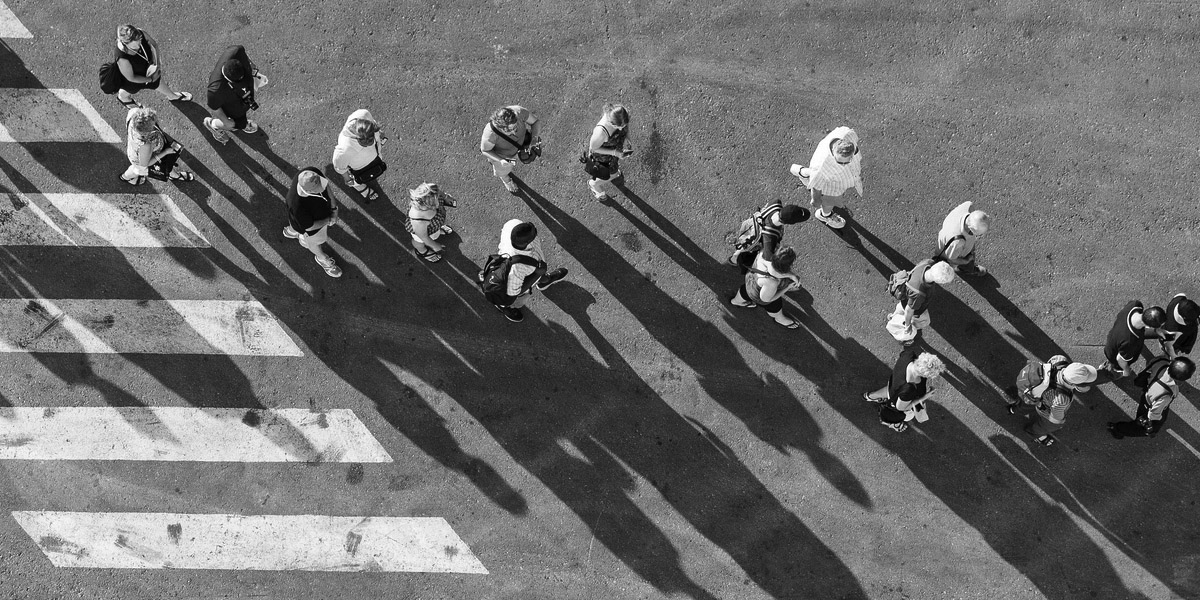Election 2014: The numbers
Labour seats where Labour lost the popular vote in the 2014 local elections Party names in brackets in the 2010 columns indicate the main competitor party in 2010 where this is different from 2014. There were 9 Labour seats where the party...
Labour seats where Labour lost the popular vote in the 2014 local elections
 Party names in brackets in the 2010 columns indicate the main competitor party in 2010 where this is different from 2014.
Party names in brackets in the 2010 columns indicate the main competitor party in 2010 where this is different from 2014.
There were 9 Labour seats where the party did not come top in the popular vote in the 2014 local elections. In three of them the Conservatives were ahead, and in the other six UKIP ‘won’. The Conservative ‘gains’, though, were all in seats where the Tories had also won the local government elections in 2010. Even so, it suggests worryingly small pro-Labour swings in the seats concerned, and considerable vulnerability to UKIP.
Labour target seats from Conservative
Labour target seats from Lib Dems
Notes
The tables are of the party shares of the vote in Labour’s target parliamentary seats in the 2014 local elections.
Target seats where there were no local government elections (e.g. Loughborough) are omitted.
Target seats where only a minority of the seat had local elections (e.g. Norwich North) are also omitted.
Exact figures should not be taken too seriously. There are several things that can make them misleading:
- People may vote differently in local and general elections. There are some places where this is a regular pattern – for instance, the Conservatives seem to do better in local elections in Birmingham and Wirral, but worse in Stevenage, than in general elections, and the Liberal Democrats often gain more local votes than seats in some areas (Bristol, Watford). There may be year-to-year variations caused by local issues.
- These are observations, not predictions – things will change before May 2015. This is a snapshot, albeit a fairly detailed one.
- Candidates may differ – not all parties put up full slates of candidates everywhere, and this will affect the shares of the vote. Liberal Democrat shares of 0 per cent in Lab/Con marginals mean that no Lib Dems stood for the council, and are definitely not a prediction that they will get zero votes in a parliamentary election. No adjustment is made for missing local candidates, even from the major parties.
- Turnout is considerably lower than in general elections.
To some extent, ‘swing 2010-14’ (second column from the right) helps adjust for differences between local and national voting; the swing is taken from the 2010 local elections, not the general election, and may be a better approximation of changes in opinion since 2010.
The swing figure is omitted in cases of boundary changes since 2010 (Swindon, Milton Keynes) and where it is meaningless.
Where a projection is based on partial elections in the wards of the constituency, the figures are given in brackets () and may not give an accurate idea of how the votes would have been cast in the whole constituency (e.g. Peterborough, where Labour led in the wards with elections, but the swing was not enough to overhaul the Tory majority in the whole seat). Where there are only one or two wards missing, results from 2011 or 2012 are substituted in the absence of a 2014 result (provided that the overall result in that council in 2011 or 2012 is similar to that in 2014), or if this process is unreliable a result is back-calculated from the swing observable in the wards where there were elections.
In South Basildon & East Thurrock, while it is clear that UKIP would have been ahead in 2014, there is no adequate way of assessing the ‘missing’ wards and producing a constituency estimate.
In Harlow, although the vast bulk of the constituency had elections, the result (and the composition of the missing wards) leaves it literally impossible to say which of Conservative, Labour or UKIP was ahead.
With thanks to Richard Speight for his help with data analysis.



